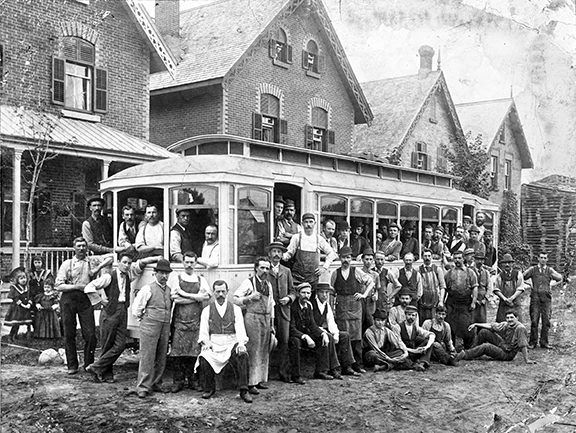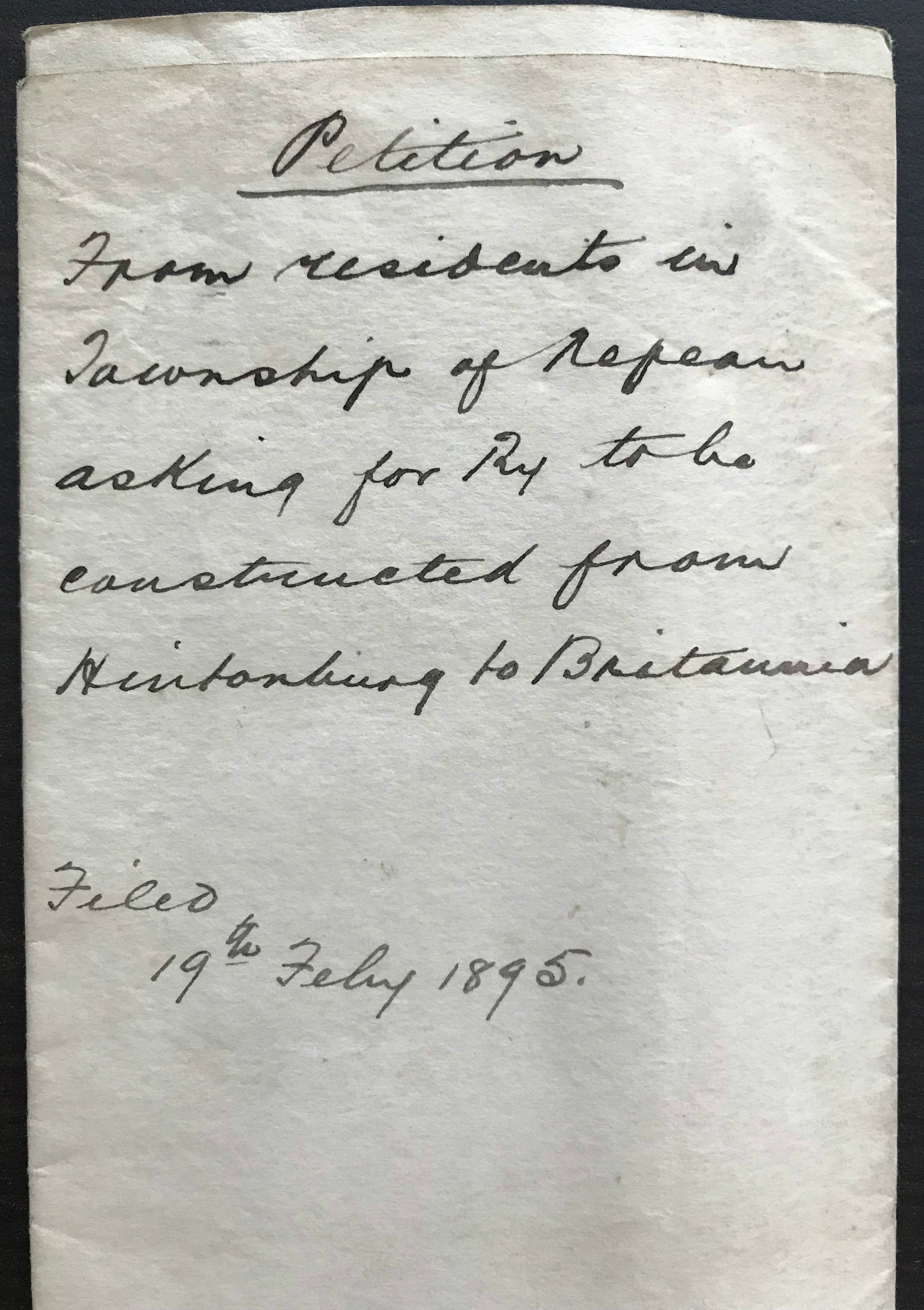In Ontario, there are 133 First Nation communities in Ontario, yet only 46 of these communities have public libraries. The Ontario Library Association noted the challenges that First Nation libraries face in keeping up with the demand for internet access in First Nation communities.
Some First Nation libraries are serving more patrons than their resident populations, based on a comparison of active library cardholders to resident population served. A Ministry of Tourism, Culture and Sport report called for improved internet access to First First Nation public libraries, and noted others don’t have internet access at all.
In October 2017, the Ontario Ministry of Northern Development and Mines announced jointly with the Government of Canada’s Connect to Innovate project that it would bring broadband infrastructure to several Ontario First Nation communities and acknowledged the the role that libraries play in accessing digital information.
This horizontal bar graph shows the percentage of active library cardholders to the resident population served at each of the 46 First Nation libraries in Ontario in 2016. / SOURCE: LibStats, Government of Ontario, December 15, 2017.
This visualization maps out which First Nation public libraries in Ontario have Indigenous language training programs and the attendance numbers for these programs. Of the 46 First Nation public libraries in Ontario, only 12 have Indigenous language training programs, with a combined total enrolment of 623 individuals.
Last fall, a report commissioned by Ontario’s Ministry of Tourism, Culture and Sport, recommended that libraries should support the “management, preservation and revitalization of First Nation languages” and the 2018 federal budget promised $23.9 million towards supporting Indigenous history and heritage.
Ontario First Nation Libraries with Indigenous Language Training Programs
Of the 46 First Nation Libraries in Ontario, only 12 have Indigenous language training programs in 2016. This map shows the geographic location for each along the attendance for each program. / SOURCE: LibStats, Government of Ontario, December 15, 2017.
Both of these visualizations came from LibStats, which is a downloadable dataset from the Government of Ontario website based on self-reported data from over 380 public libraries and First Nation libraries across Ontario.
Given the recent 2018 budget and the financial investments and commitments made to Canada’s Indigenous communities, the data for Ontario First Nation libraries is significant because the funding model for First Nation libraries differs from other libraries. Instead, I focused on First Nation libraries and used the Ontario Library Association report on First Nation libraries as a primer that outlined some of the issues that its members in the First Nation community were experiencing (i.e. that there are only 46 First Nation libraries for a total of 133 First Nation communities in Ontario.)
In terms of the focus of the first visualization, the Ontario Library Association and the Ministry of Tourism, Sport and Culture reports revealed that Internet access is a huge cornerstone for these First Nation communities, as it provides free access to information. In calculating the percentage of active library cardholders to the resident population served, it was apparent that there was some kind of significance that 10 of these libraries clocked in at over 100 per cent. The report commissioned by the Ministry of Tourism, Sport and Culture provided context that the Ontario government was seeking input on the needs of First Nation libraries. I also chose the Ontario Ministry of Northern Development and Mines press release because it partnered with Government of Canada’s Connect to Innovate project, which is ongoing until 2012 to bring broadband Internet to First Nation communities. The news hook here is that the rollout of these funding projects is continuous, amid additional investments to Indigenous communities to improve technology.
For the second visualization, I wanted to highlight that 12 of the 46 First Nation public libraries in Ontario offer Indigenous language training programs. I used the Ministry of Tourism, Sport and Culture special report from October 2017 because it directly recommended more Indigenous language training and retention at First Nation public libraries. This is significant because 2016 marked the first year that LibStats asked for information about Indigenous language training programs from First Nation libraries. There, the significance is related to the federal government’s financial commitments to reconciliation and preservation of Indigenous history and heritage in the 2018 budget.
I reached out to the Ministry of Tourism, Sport and Culture to find out if there would be more funding allocated to First Nation public libraries in the 2018 provincial budget. They weren’t able to provide specific details about new programs yet, but they did say that in 2017 they invested $1 million to improve digital services for rural, remote, and First Nation public libraries, so it’s worth looking at the provincial budget next week to see if there are any further investments and grants planned.





